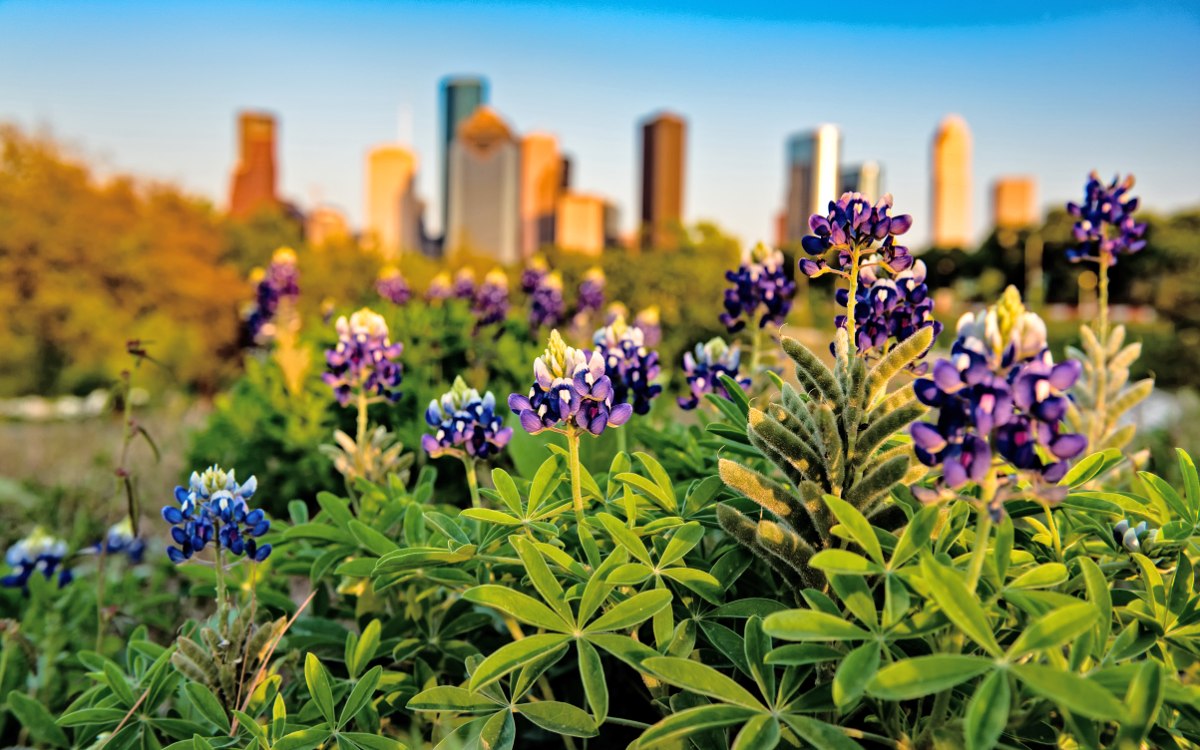
Spring lawn care in Houston means getting your grass ready for the hot, humid dog days of summer. You’ll need to prep your equipment and sprinkler system. Also, aerate, fertilize the heavy clay soil. Prevent weeds and protect your grass from pests or disease, and start off mowing the right way. With Houston’s unpredictable spring weather, timing is everything.
This guide features specific advice for dealing with H-Town’s unique lawn care challenges. Discover how to work with the clay soil and take advantage of our warm spring weather. These proven techniques work for all common Houston grass varieties and will help you develop a lush, resilient lawn that thrives year-round.
1. Get Your Equipment Ready
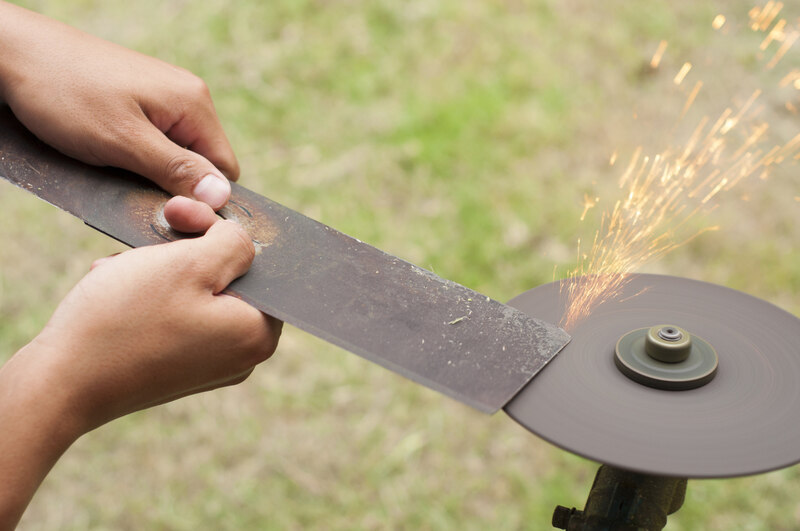
Before spring has fully sprung, clean and inspect your mower, wipe down the surfaces to remove dirt or build-up. Check for mouse nests or rust that may have popped up while in storage. Replace or sharpen your lawn mower blades to keep the cuts clean and prevent disease-inviting tears in your grass.
Check your air filters, spark plugs, and change oil as needed. Replace fuel if you didn’t winterize your lawn mower or use a fuel stabilizer. For electric equipment, charge batteries and check for terminal corrosion. Inspect power cords on corded equipment for damage and replace the string, if needed, in your trimmer.
Related Reading:
- How to Sharpen Lawn Mower Blades
- DIY Lawn Mower Maintenance Guide
- How to Clean and Change a Lawn Mower Air Filter
2. Prep Your Sprinkler System
Houston’s mild winters leave sprinkler systems vulnerable to surprise freezes. Open the main water valve slowly, as high water pressure can damage pipes if restored too quickly. Test each zone separately to spot any freeze damage or line breaks. If you use a smart controller, the city offers rebates up to $187.49 via Houston Public Works.
Related Reading:
- How Much Does a Sprinkler System Cost
- How to Adjust, Repair Lawn Sprinkler Heads
- Keep Your Grass Healthy with a Lawn Sprinkler Audit
3. Water Wisely
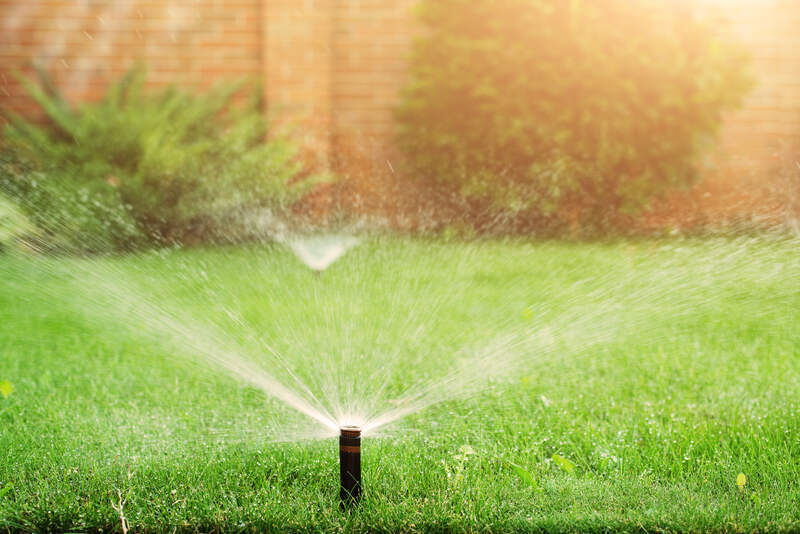
Spring weather in H-Town takes more twists and turns than a slide at Six Flags, so water accordingly. Lawns typically need about an inch of water per week, including rain. Houston’s WaterMyYard.org program offers free weekly watering recommendations based on local weather data.
Multiple factors determine how long you should water your lawn.
- If you have the typical clay soil found around this area, run your sprinklers for about 15-20 minutes per zone once or twice a week, as the clay takes longer to absorb.
- If you have sandy soil, run your sprinklers for about 30 minutes per zone once or twice per week, less if it rains.
- And if you have regular loamy soil, run them 20-25 minutes per zone once or twice a week.
Pro tip: It’s best to do this before 9 am to keep it from evaporating in the heat..
Related Reading:
4. Aerate Compacted Soil
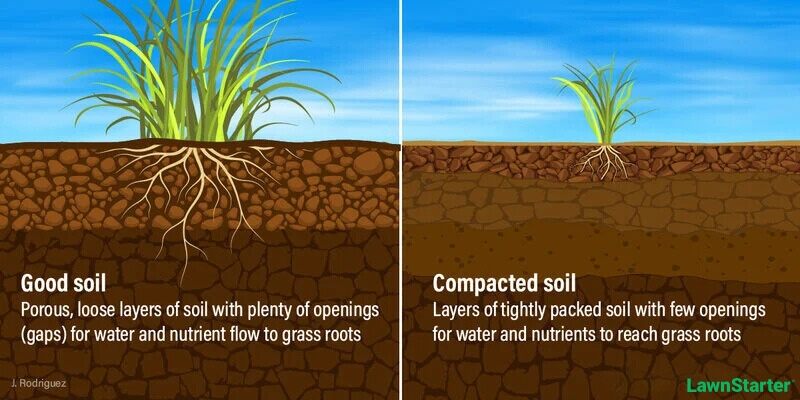
The clay soil of the greater Houston area is notorious for poor drainage and is easily compacted by heavy foot traffic, equipment, and heavy rainfall. Compacted soil prevents water and oxygen from reaching the roots.
Opt for core aeration vs spike aeration to remove soil plugs and help water and air flow to grass roots. Do this between late March and early April when the soil isn’t soaked. Leave plugs on your lawn to break down and add nutrients naturally. Water the lawn lightly after aerating, and keep people off it for two weeks.
Related Reading:
5. Fertilize
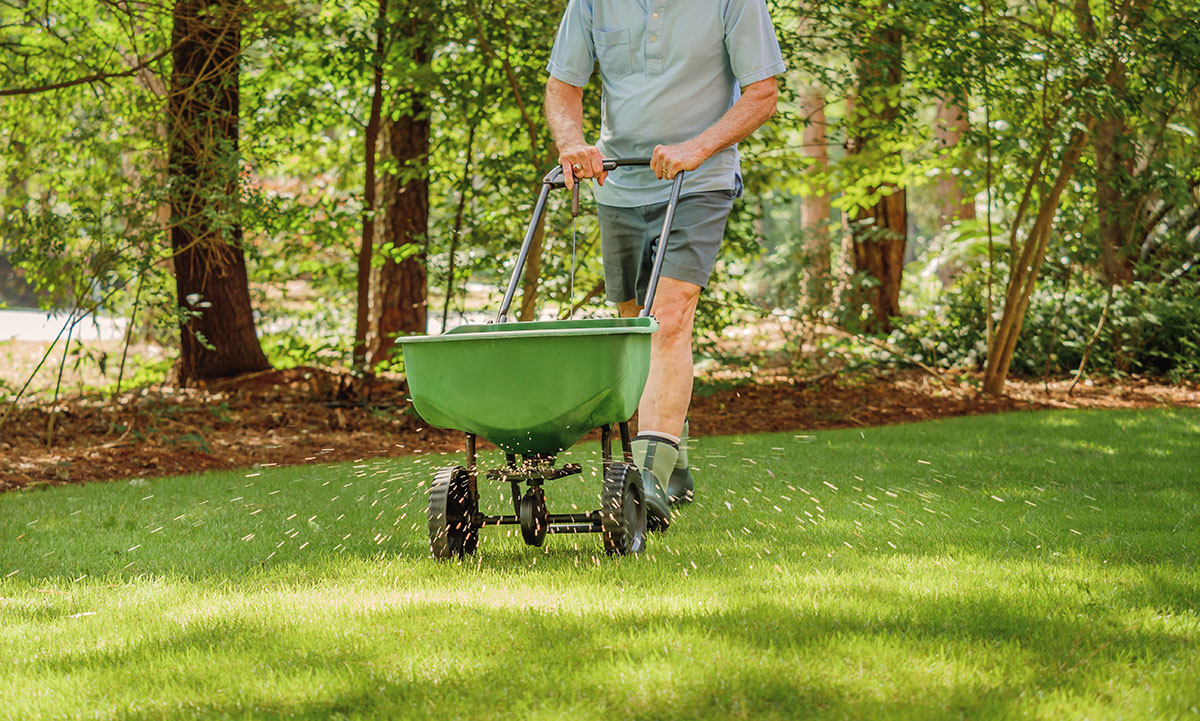
Fertilizing in the spring nourishes your lawn as it emerges from winter dormancy. Wait until the soil temp is consistently 65 degrees, typically around April 1, about six weeks after the last frost. Applying fertilizer too early wastes money and can promote disease in cool, wet conditions.
Grab a cheap soil test kit from your local extension office to make sure you use the right fertilizer, and get a soil test from the Harris County AgriLife Extension Office. This inexpensive test reveals your soil’s pH, nutrient levels, and specific deficiencies, ensuring you choose the right fertilizer blend for your lawn’s actual needs.
Apply a slow-release fertilizer to get the maximum benefits through the growing season, but avoid using it when heavy rain is expected to prevent it from washing out of your lawn.
Related Reading:
6. Purge Pests

Springtime brings out lawn pests like white grubs, fire ants and sod webworms, all of which damage your lawn. Chinch bugs also emerge, creating yellow circles that grow larger over time. And watch for small brown moths flying in zigzag patterns at dusk as a warning sign for coming armyworms.
Apply grub prevention products in April or May. Check for chinch bugs by parting the grass at the damaged area and looking for small black bugs with white wings. Use broadcast fire ant baits in early spring when ants are actively searching for food. Watch for small green caterpillars or irregular chewing patterns, especially if you’ve seen those zigzag-flying moths.
Related reading:
7. Get a Jump on Weeds
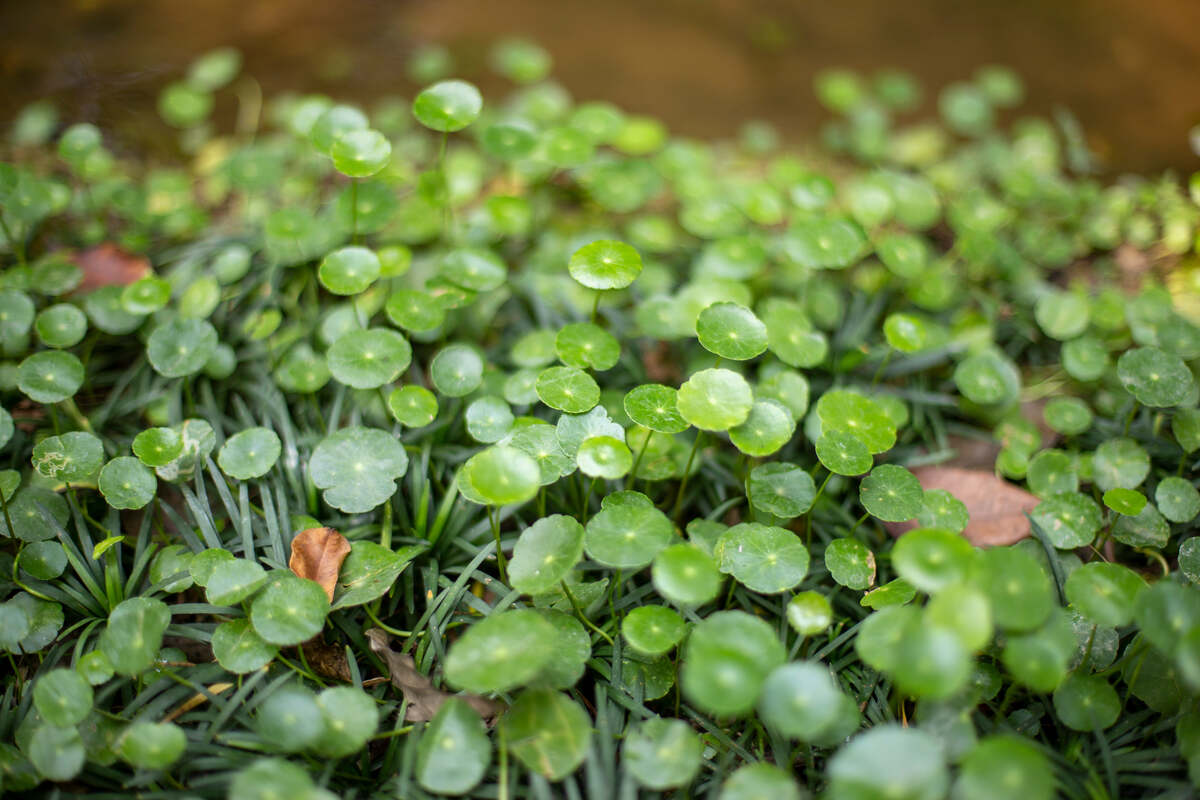
Houston’s long growing season begins around March 1, so it’s vital to get after weeds like dollarweed, crabgrass, and dandelions before they emerge and get a foothold in your lawn.
Apply pre-emergent herbicides in late-February to early-March. Fertilize to encourage strong grass growth because a thick lawn crowds out weeds. Apply a post-emergent herbicide or hand-pull any young weeds that pop up.
Related Reading:
- Read Your Weeds: Identify Them to Learn About Your Lawn’s Health
- Common Lawn Weeds in Texas: How to Identify and Control Them
- How to Prevent Weeds from Growing in Your Lawn
8. Mow the Right Way

Cutting your grass correctly helps keep your lawn healthy. Start mowing when grass reaches about 3 inches tall, typically mid to late March, and mow your lawn to its optimal height.
Most of us have one of the following warm-season grasses. If you’re not sure what you have growing, check out our guide to the Best Grass Types for Houston for identification tips:
- St. Augustinegrass: Taller at 2.5 to 3 inches tall to shade roots and keep out weeds
- Bermudagrass: Best at 1 to 2 inches for common varieties for dense, durable growth
- Centipedegrass: Slower growing, starts at 2 inches in the spring. Can cut to 1 inch, but gradually step down each mowing session.
- Zoysiagrass: Keep around 1.5 to 2 inches, but in shade, let it go to 2.5 inches.
Don’t cut more than 1/3 of the grass height at one time. This keeps your grass healthy and prevents disease. Leave grass clippings on the lawn to break down and feed your soil. Change your mowing direction each time to avoid making tracks and prevent soil from getting packed down.
Related reading:
FAQ: Houston Spring Lawn Care
You can fertilize or apply pre-emergent herbicides as soon as 2-3 days after a frost..
Perform the “screwdriver test” mentioned in the aeration section, plus check drainage by watering a small area and timing how long it takes to absorb. If water pools for more than 30 minutes, consider adding organic matter like compost to improve clay soil structure before fertilizing or overseeding.
DIY works if you enjoy yard work and have time for regular upkeep. However, Houston’s clay soil and pest problems can be tricky to manage. Professional services save time, catch issues early, and understand local conditions better.
Win the Neighborhood Lawn Game

Work with Houston’s climate, not against it. The key is to build healthy soil, choose the right type of grass for your yard, and time your lawn care based on our local weather patterns.
Connect with LawnStarter’s network of local lawn care professionals who understand Houston’s clay soil, humidity challenges, and warm-season grass needs. Get matched with trusted Houston lawn care experts today for lawn mowing, pest control, and even tree care so you can enjoy a beautiful, healthy lawn all season long.
Main Image: Bluebonnet flowers in Houston, TX during springtime. Photo Credit: Klugger22 / Adobe Stock